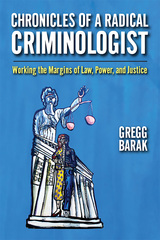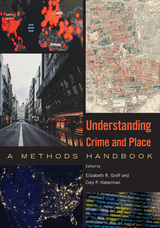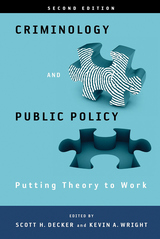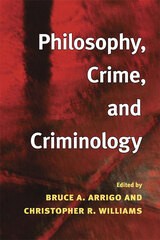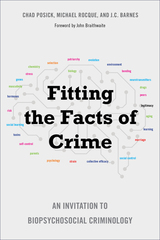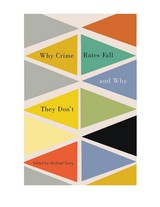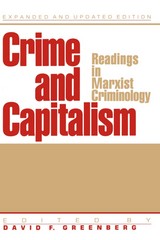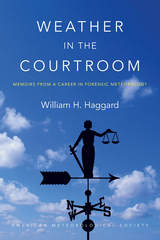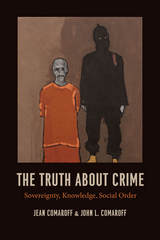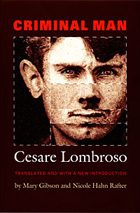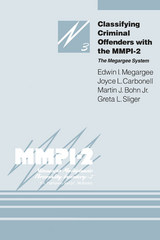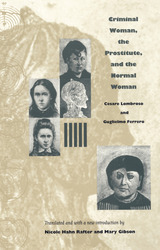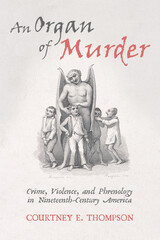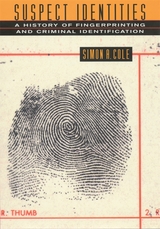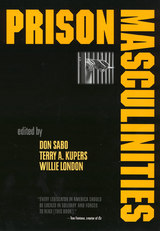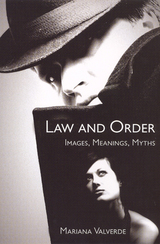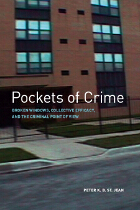Paper: 978-0-8223-3723-2 | Cloth: 978-0-8223-3711-9 | eISBN: 978-0-8223-8780-0
Library of Congress Classification HV6038.L5813 2006
Dewey Decimal Classification 364.3
Originally published in 1876, Criminal Man went through five editions during Lombroso’s lifetime. In each edition Lombroso expanded on his ideas about innate criminality and refined his method for categorizing criminal behavior. In this new translation, Mary Gibson and Nicole Hahn Rafter bring together for the first time excerpts from all five editions in order to represent the development of Lombroso’s thought and his positivistic approach to understanding criminal behavior.
In Criminal Man, Lombroso used modern Darwinian evolutionary theories to “prove” the inferiority of criminals to “honest” people, of women to men, and of blacks to whites, thereby reinforcing the prevailing politics of sexual and racial hierarchy. He was particularly interested in the physical attributes of criminals—the size of their skulls, the shape of their noses—but he also studied the criminals’ various forms of self-expression, such as letters, graffiti, drawings, and tattoos. This volume includes more than forty of Lombroso’s illustrations of the criminal body along with several photographs of his personal collection. Designed to be useful for scholars and to introduce students to Lombroso’s thought, the volume also includes an extensive introduction, notes, appendices, a glossary, and an index.
See other books on: Criminal anthropology | Criminals | Gibson, Mary | Lombroso, Cesare | Rafter, Nicole Hahn
See other titles from Duke University Press

